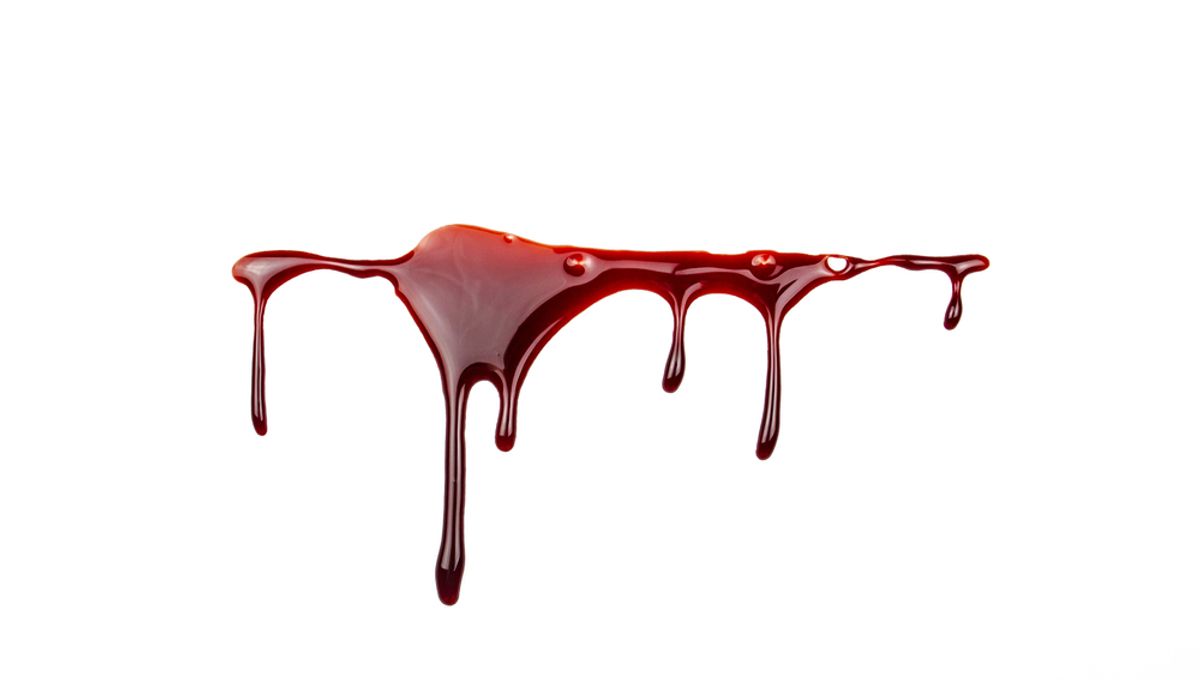
Unlike their Medieval predecessors, modern doctors have the luxury of being able to stop their patients from bleeding to death using such wonders as epinephrine, blood-clotting medications, or even the humble band-aid. In spite of this, hospitals in Switzerland continue to use an incantation from the Middle Ages known as “The Secret” to staunch blood during heart surgery.
Until now, no one had bothered to conduct any empirical research into the efficacy of this folk remedy, probably because of the predictability of the outcome. However, a new study has finally put “The Secret” to the test, and the findings are utterly unsurprising.
“’The Secret’ is part of a magical conception of medicine,” explain the study authors. “It is a remnant of the medical practices of the Middle Ages, when medicine was reduced to its simplest expression and was practiced by monk-practitioners, or sorcerers, based on one of the miracles reported in the synoptic gospels as ‘Jesus healing the bleeding woman’.”
Surreptitiously passed on via word of mouth from one “Secret Maker” to another, the rite consists of “a healing formula or prayer which is supposed to mobilize superior forces to help cure the patient.” Shockingly, the study authors say that “this blood charm is widely practiced in the French-speaking part of Switzerland,” and has even been recognized as an “intangible heritage” artifact by UNESCO.
To assess the blood-blocking power of this secret spell, the researchers compared the bleeding outcomes of 200 patients undergoing invasive coronary procedures in Switzerland. Bafflingly, 76 percent of participants believed that “The Secret” would help to protect them from excessive bleeding, and actually requested that their surgeon perform the ritual.
In the end, half of patients were administered standard care, while the other half received standard care plus “The Secret”. Outcomes were measured using the Bleeding Academic Research Consortium (BARC) scale, which rates the extent of blood loss from one to five.
Predictably, findings indicated that “The Secret” made not even the slightest difference, and bleeding outcomes were more or less identical across the two groups. Among those who received the prayer, 72 percent experienced no bleeding while 16 percent had a BARC score of one, and 12 percent were assessed as BARC two.
Similarly, 73 percent of those who received only standard care showed no bleeding, with 14 percent experiencing BARC one and 13 percent being designated BARC two. No patient in either group had extensive bleeding, which is characterized by a BARC rating of three or above.
“Most participants believed that ‘The Secret’ would be beneficial but there was no effect on bleeding,” write the study authors. However, while they insist that the prayer “is of no relevance in cardiology,” they accept that the folk remedy may serve the purpose of “limiting the anxiety of superstitious believers.”
“As such, ‘The Secret’ might allow some neuropsychological conditioning and act as a placebo as do other beliefs or biofeedback techniques,” they say.
While the study didn’t directly address this phenomenon, the authors speculate that the potential of magical thinking to alleviate stress may lead to better clinical outcomes and enhanced overall wellbeing in some patients.
Just don’t expect it to actually stop any bleeding.
The study is published in the journal Open Heart.
Source Link: Swiss Hospitals Still Use A Medieval Prayer Called "The Secret" To Stop Patients Bleeding